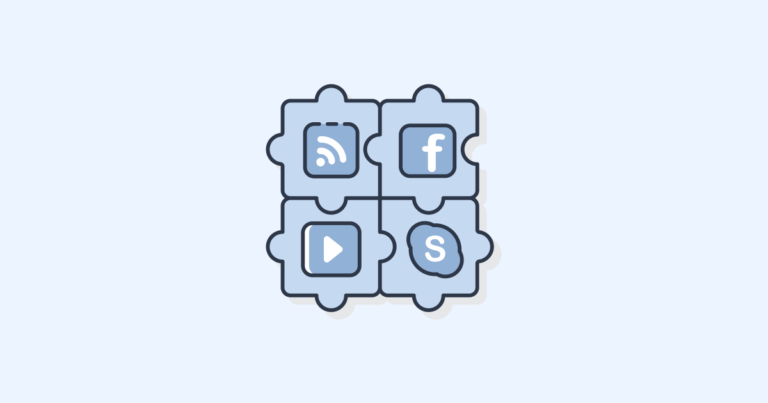Get better at promoting existing assets instead of becoming addicted to creating new ones. Repurposing creates many small assets from a larger piece, and recycling creates something new from many existing assets.
Why it’s a good idea
Many marketers focus on a continuous content process in which new content is created according to a predefined cadence, and a checklist of post-publish marketing tasks is executed.
However, with a system like this, the primary point of leverage is to optimize for more content, more often.
A quick review of this type of program’s performance metrics will reveal that not all content performs equally. This, the marketer will say, is the reason for the cadence.
“If we can’t figure out ahead of time which pieces will work and which won’t, we might as well put as many shots on goal as we can.”
Brands that follow this strategy become addicted to creating new content, not great content.
The reality is that most websites benefit from more high-quality content, not more content. It’s certainly easier to market ten great assets than one hundred “ok” ones.
From this roster of high-quality content, we can create plenty of assets to drive audience acquisition. We can slice, dice, and reformat the content to suit many channels and many different marketing situations. A podcast interview can become a series of YouTube videos, a blog post, a tweet thread, a half-dozen Instagram stories, a newsletter, and more. A dozen YouTube interviews can become a compilation of advice along a meta-theme, which then becomes a blog post, an eBook, a podcast, and more.
Once we focus our efforts and better support our existing content, we increase its chances of crossing the chasm: more visits, more promotion, and better quality translates into more potential for shares and better consolidation of metrics for SEO benefit.
🌟 This Guide is Part of a Series of Marketing Patterns
For more free and ready to use marketing strategies just like this one, view the full marketing patterns library.
Strategy Analysis
Repurposing
Take pieces of the whole and create standalone assets.
Often really great, marketable content is comprehensive but created for a single channel. This presents an excellent opportunity to take smaller pieces and repurpose them on other channels.
A tried and true format that lends itself well to repurposing is interviews. A great interview conducted via video as the original source can be repurposed into several media types and distributed across nearly every channel available to most marketers.
- YouTube video (original format)
- Podcast (audio)
- Blog post (selections from transcript)
- Series of smaller clips for Instagram and Twitter
- Quote images for social
- Twitter threads
- Newsletter (editorialized transcript)
- Facebook ads
- Slideshare / presentation
Recycling/Upcycling
Create something new from multiple smaller pieces.
Using the above example of an interview, you can begin to create meta content that follows a theme once you conduct many of these.
Tim Ferriss has done this to great success. He runs a podcast called The Tim Ferris Show, in which he interviews a variety of guests. From that, he has created a series of books (Tools of Titans, Tribe of Mentors), and an almost innumerable amount of small clips optimized for social discovery.
Meta Assets
Many bands will document the process of recording an album. This content plays very well on YouTube and across social media and helps hype up and build awareness of the upcoming release.
Similarly, major movie studios have a predefined pipeline of marketing assets that are generated through the creation of a new movie:
- Cast announcements
- Press images of the cast in character outfits
- Scenes from the set
These are all “meta” assets that serve to promote the target asset.
To illustrate how versatile some of these formats are, let’s use the example of an actor’s first look in character.
It’s easy to imagine this content as an Instagram post, a tweet, a feature with commentary in a YouTube video, a headline article on entertainment news sites, several posts on various subreddits, etc.
The brand behind the project won’t create all of this content in-house, but it’ll be created nonetheless, which speaks to the promotional value of excellent meta content.
Tech and Tools
Audiograms visualize audio content and are popular ways to distribute repurposed clips from podcasts and videos on social. Here are some tools for creating audiograms:
- Wavve (desktop, iOS, Android) – “turn audio clips from your podcast into shareable video highlights for social media and encourage new listeners to download your show.”
- Headliner.app (desktop) – this web app allows you to upload a clip, and will create an animated waveform for your audio.
- Audiogram (desktop) – generates captions automatically, and applies them to really nice templates.
- Overcast (iOS) – this podcast player allows you to select and export clips from your podcast.
- Castro (iOS) – another podcast app for iPhone that lets you share clips.
- Bullet (iOS) – “create & share captioned video segments of podcasts from any podcast app.”

